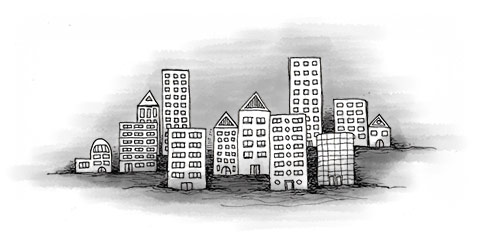There are, however, a few exceptions. For example, in major cities such as Rome and Milan, rented accommodation is in high demand and short supply, and rents can be high.
Accommodation accounts for around 25 per cent of the average Italian family’s budget, but can be up to 50 per cent in the major cities. Property prices and rents vary considerably according to the region and city, and have increased steadily in all major cities in recent years. For example, an apartment renting for €550 per month in Naples would cost up to €1,650 per month in Milan or Rome. In cities and large towns, apartments are much more common than detached houses, which are rare and prohibitively expensive.
The average Italian lives with his parents until the age of around 30, including some 50 per cent of those aged between 25 and 30. However, around 70 per cent of Italians own their own homes, around the same as in Britain, compared with some 80 per cent in Spain, 55 per cent in France and just 40 per cent in Germany and Switzerland. Many Italians also own second homes in the country (perhaps in their home village) or in a mountain or coastal resort.
Italy has a strong rental market and it’s possible to rent every kind of property, from a tiny studio apartment ( bedsitter) to a huge rambling castle ( castello). Rental properties are mostly privately owned, but include properties owned by companies and public housing owned by local councils.
If you’re looking for a home for less than a year, you’re better off looking for a furnished apartment or house. Most rental properties are let unfurnished ( non-ammobiliato), particularly for lets longer than one year, and long-term furnished ( ammobiliato) properties are difficult to find. Bear in mind that in Italy, unfurnished means a property is completely empty, except perhaps for the bathroom porcelain and possibly a kitchen sink. There will be no kitchen cupboards, appliances, light fittings, curtains or carpets, although you may be able to buy these from the departing tenant. Semi-furnished apartments usually have kitchen cupboards and bathroom fixtures, and possibly a few pieces of furniture, while furnished properties tend to be fully equipped, including crockery, bedding and possibly towels (similar to renting a self-catering apartment).
This article is an extract from Living and Working in Italy from Survival Books.




